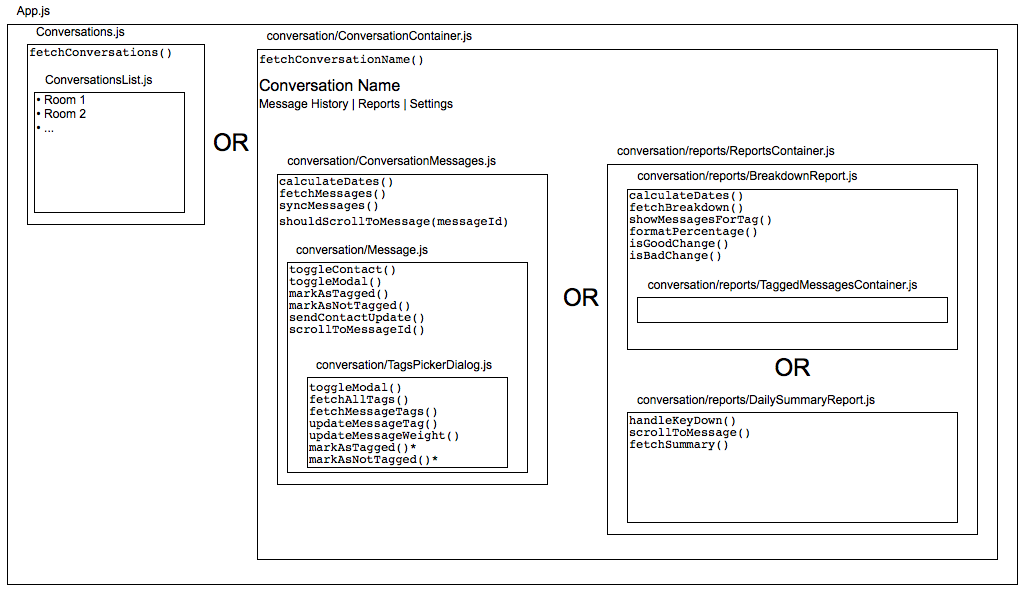I posted last year about my progress with Node.js, and the last sentence included “I’m very interested to revisit this in another year and see what’s changed”.
So here we are!
There’s been a fair bit less work on it this year compared to last:
$ git diff --stat 6b7c737 47c364b
[...]
77 files changed, 2862 insertions(+), 3315 deletions(-)
The biggest change was migrating to Node 8’s shiny new async/await, which means that the code reads exactly as if it was synchronous (see the difference in my sendUpdate() code compared to the version above it). It’s really very nice. I also significantly simplified my code for receiving temperature updates thanks to finally moving over to the Raspberry Pi over the Christmas break. Otherwise it’s just been minor bits and pieces, and moving from Bamboo to Bitbucket Pipelines for the testing and deployment pipeline.
I also did a brief bit of dabbling with React, which is a frontend framework for building single-page applications. I’d tried to fiddle with it a couple of years ago but there was something fundamental I wasn’t grasping, and ended up giving up. This time it took, though, and the result is virtualwolf.cloud! All it’s doing is pulling in data from my regular website, but it was still a good start.
There was a good chunk of time from about the middle of the year through to Christmas where I didn’t do any personal coding at all, because I was doing it at work instead! For my new job, the primary point of contact for users seeking help is via a room on Stride, and we needed a way to be able to categorise those contacts to see what users were contacting us about and why. A co-worker wrote an application in Ruby a few years ago to scrape the history of a HipChat room and apply tags to it in order to accomplish this, but it didn’t scale very well (it was essentially single-tenented and required a separate deployment of the application to be able to have it installed in another room; understandable when you realise he wrote it entirely for himself and was the only one doing this for a good couple of years). I decided to rewrite it entirely from scratch to support Stride and multiple rooms, with the backend written in Node.js and the frontend in React. It really is a fully-fledged application, and it’s been installed into nearly 30 different rooms at work now, so different teams can keep track of their contact rate!
The backend periodically hits Stride’s API for each room it’s installed in, and saves the messages in that room into the database. There’s some logic around whether a message is marked as a contact or not (as in, it was someone asking for help), and there’s also a whitelist that the team who owns the room can add their team members to in order to never have their own messages marked as contacts. Once a message is marked as a contact, they can then add one or more user-defined tags to it, and there’s also a monthly report so you can see the number of contacts for each tag and the change from the previous month.
The backend is really just a bunch of REST endpoints that are called by the frontend, but that feels like I’m short-changing myself. 😛 I wrote up a diagram of the hierarchy of the frontend components a month or so ago, so you can see from this how complex it is:
And I’m in the middle of adding the ability to have a “group” of rooms, and have tags defined at the group level instead of the room level.
I find it funny how if I’m doing a bunch of coding at work, I have basically zero interest in doing it at home, but if I haven’t had a chance to do any there I’m happy to come home and code. I don’t think I have the brain capacity to do both at once though. 😛
